Paula has been around the world of synthesizers for over 30 years. She started a company called “Modulus” back in 2000 to bring some of her projects to the commercial world. The Monowave was the first commercial product.
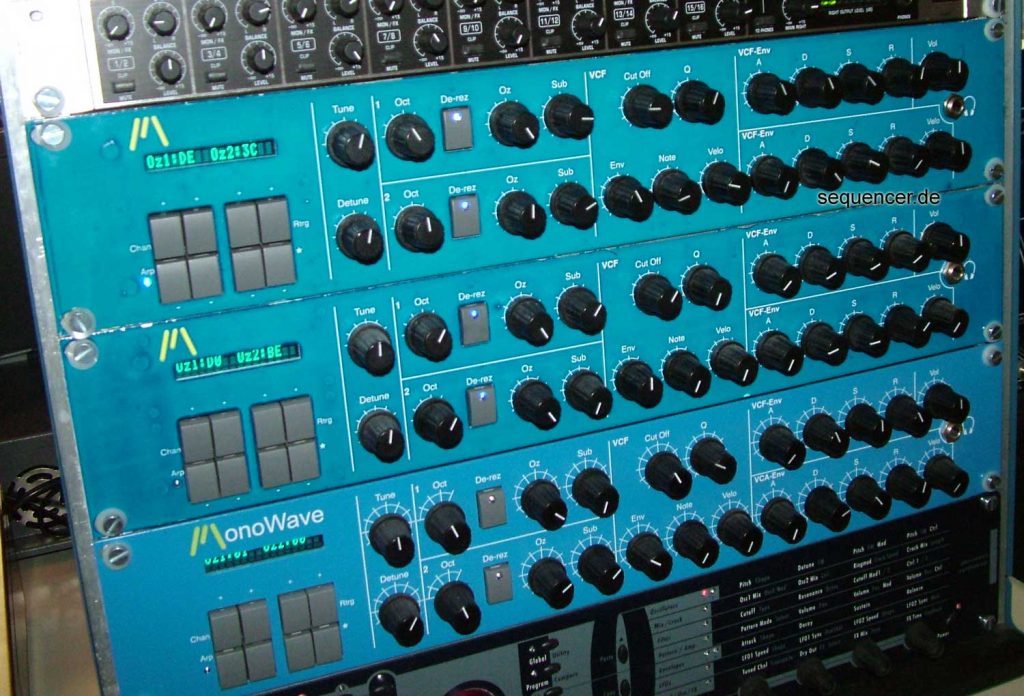
However not content with that she wanted to create a polyphonic version with more features, and so teamed up with Hartmann Music and the Tempest concept was born.
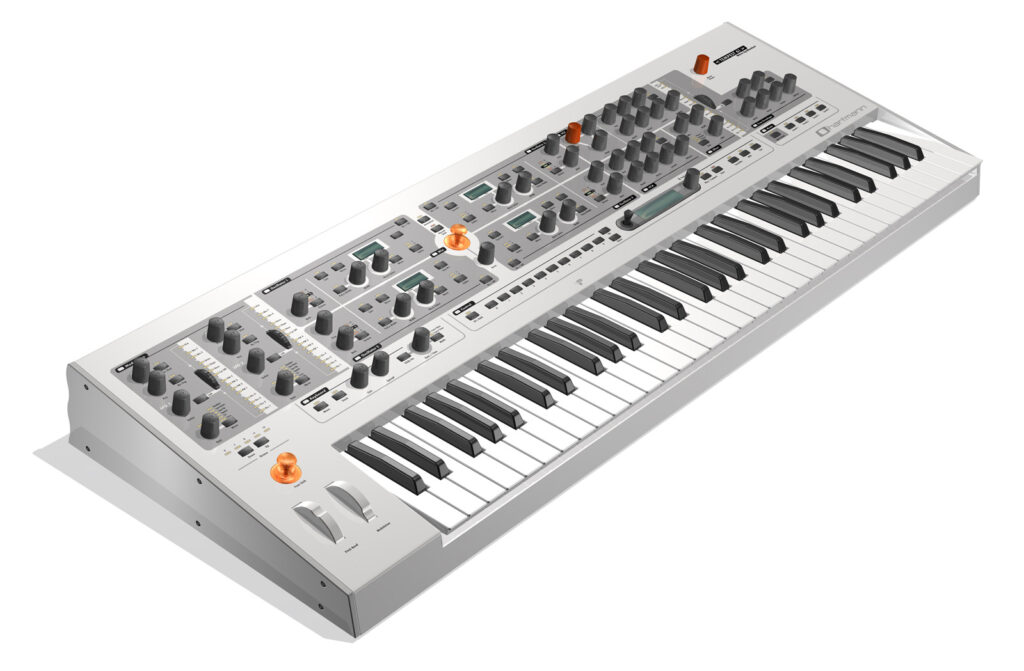
Sadly Hartmann Music ceased trading shortly after and the concept was put to one side.
Paula then began working on DSP based synthesizers and used the SoundArt Chameleon to create the Monowave II, which took the Monowave into DSP terrain, adding a third oscillator, digital delay and numerous other features, but keeping as close to the sound of the original as possible. Paula then created Phoenix which was a 6 voice version of the Monowave II, but replacing the delay with a chorus. Both which share a stunning virtual ladder filter.


Paula’s next creations were going back to her roots with hardware, and GorF was born after encouragement from her friends.
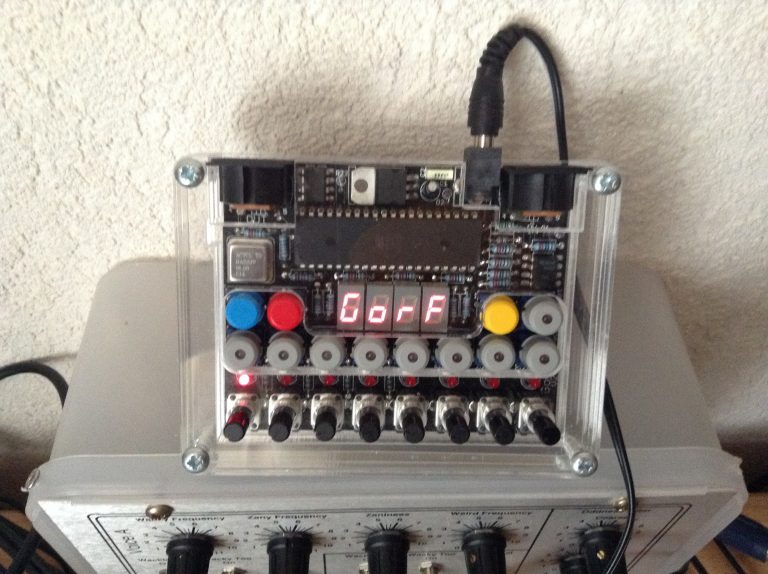
It was about this time that pocket synthesizers and gadgets started to become popular, so hot on the success of GorF Paula launched Tron and Zira.
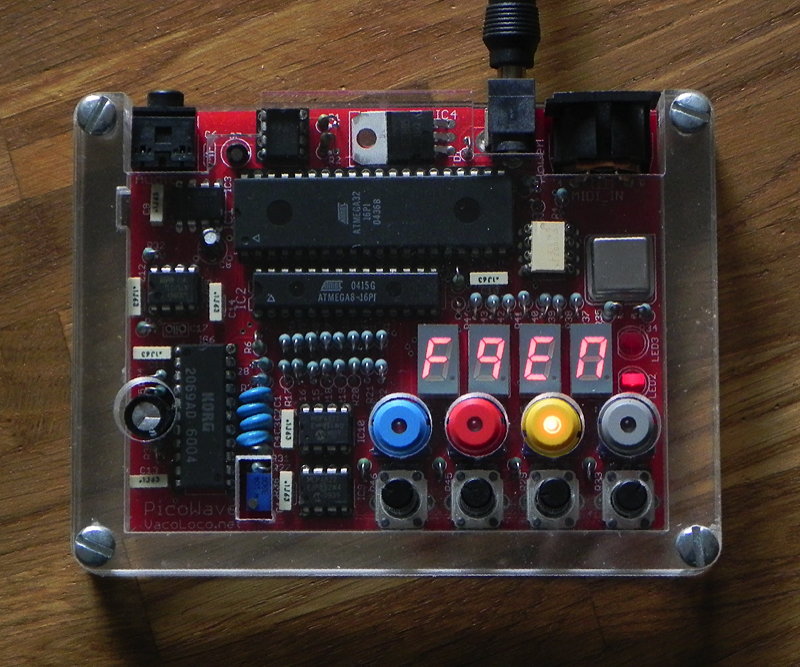
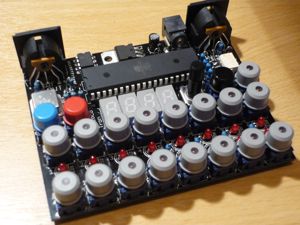
You can hear demos of Zira on her old sound cloud page here.
She then began developing a drum sound module to go with Tron, this was called JuJu but never made it to market.
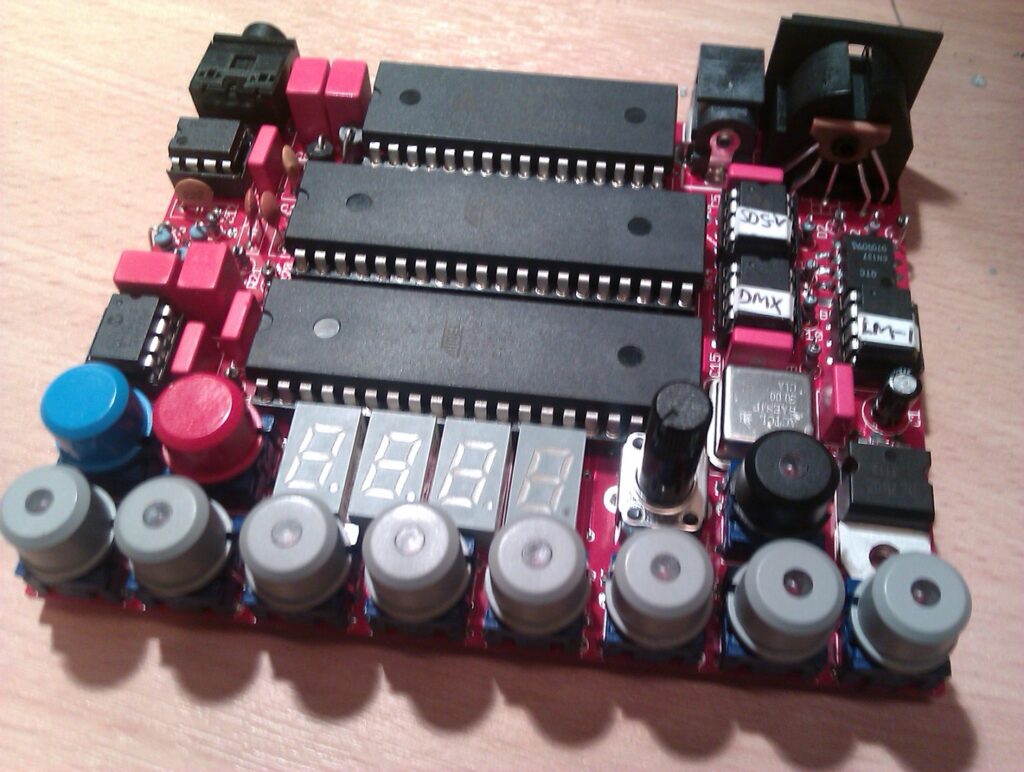
Here you can here a demo of JuJu, first one showing velocity, second showing tunable sounds.
In 2013 she co-found what is now Modal Electronics, with the aim to create high quality instruments for musicians. This lead to the Modal 002 poly-synth, the 002 was very well received and praised for the quality of the sound.
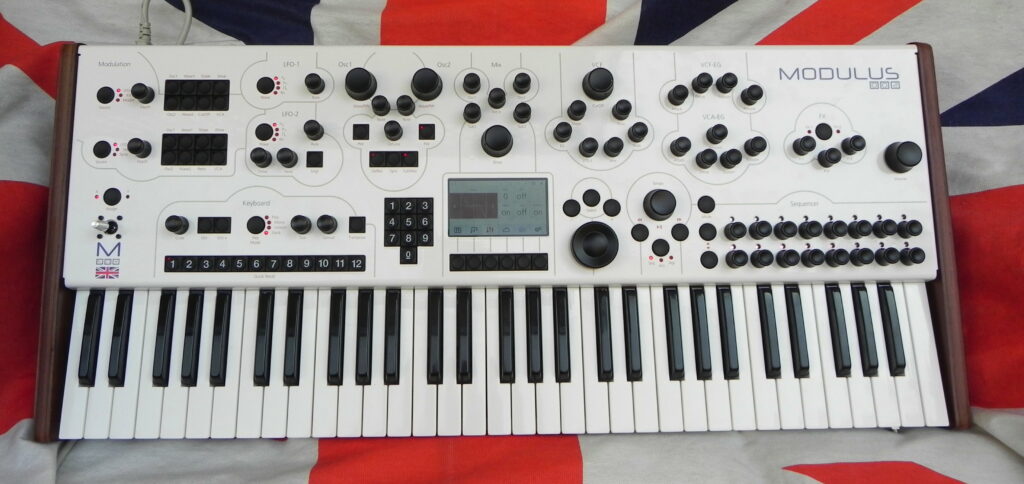
Paula began working with a friend, George Hearn (now running UDO Audio) and together they created the Modal 008, the first truly analogue poly-synth for several decades. Once again with a host of never before seen features.
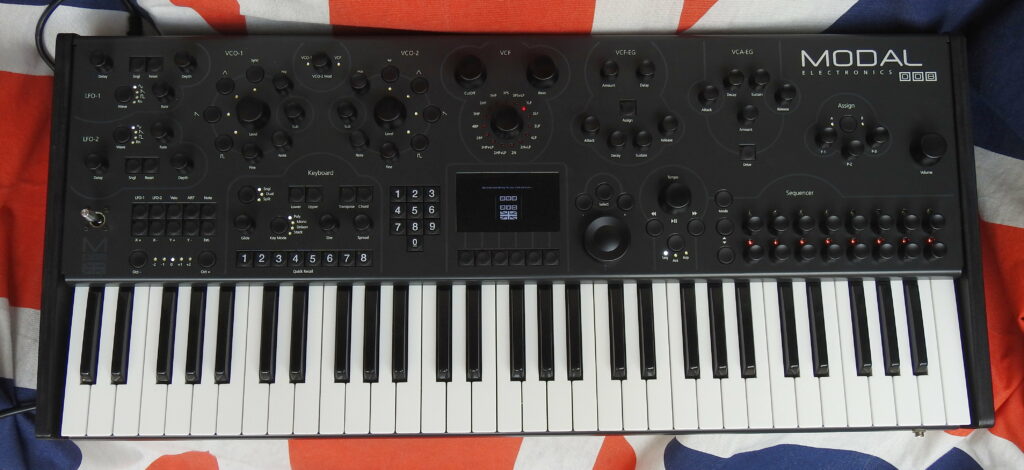
Paula resigned from Modal in December 2016 for a number of personal reasons. Officially leaving Modal at the end of March 2017. As part of the agreement was unable to work in the Audio industry again for the12 months following this.
In 2019 she announced her first module, the Window Transform Function Oscillator via kick starter which was a roaring success and helped her Launch Dove Audio.
Despite what many say, and despite the many naysayers out there, Paula has always loved designing and building synthesizers and will continue to do so for as long as she can.
Peace, Love, Music and synths.
